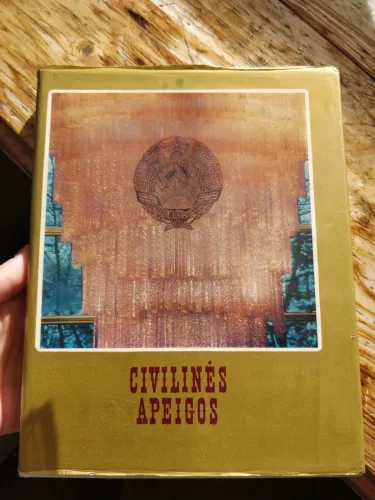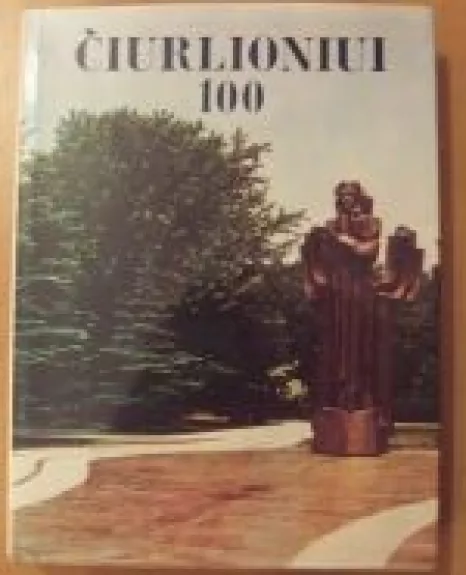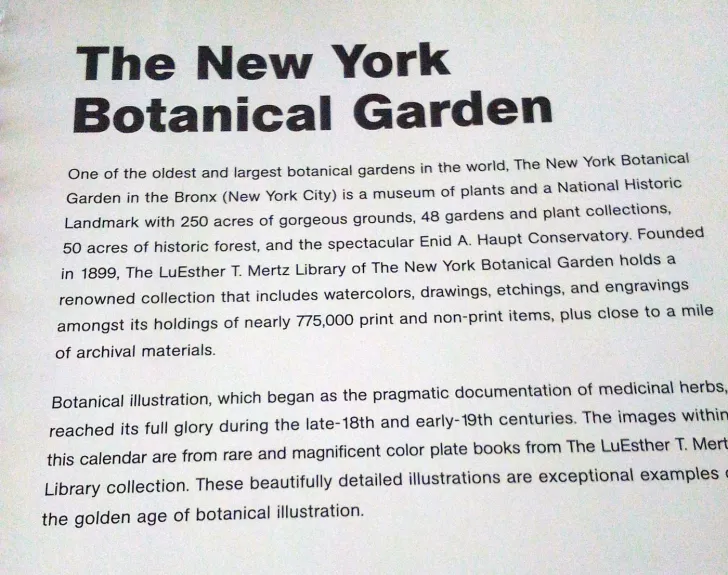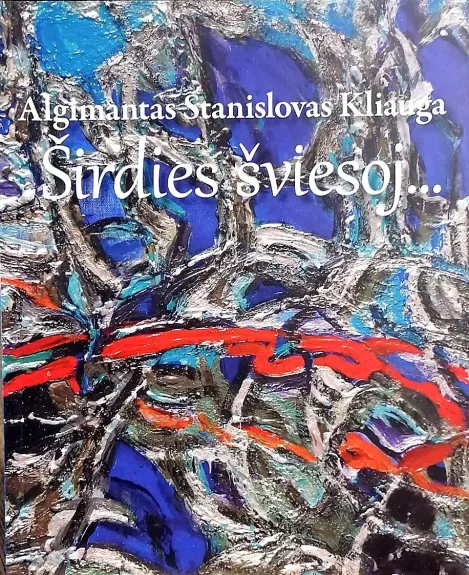
Architecture of Optimism: The Kaunas Phenomenon 1918-1940
After Kaunas suddenly became Lithuania’s provisional capital in 1919, the city’s subsequent transformation was nothing short of miraculous. Kaunas’ identity changed radically: in less than twenty years, its residents transformed the city into a modern, elegant and European capital. Architecture played a particularly important role in that transformation. Architecture of Optimism is more than just the story of one city and its architecture. It is about the perpetual birth and death of hope, about creative endeavour and inspiring productive optimism, about the migration of ideas and forms, about the local and the global, about art and freedom, war and oppression. It is about changing forms and ideas and their relationship with the present day. Edited by Marija Drėmaitė Texts by Vilma Akmenytė-Ruzgienė, Norbertas Černiauskas, Marija Drėmaitė, Giedrė Jankevičiūtė, Paulius Tautvydas Laurinaitis, Viltė Migonytė-Petrulienė, Vaidas Petrulis












